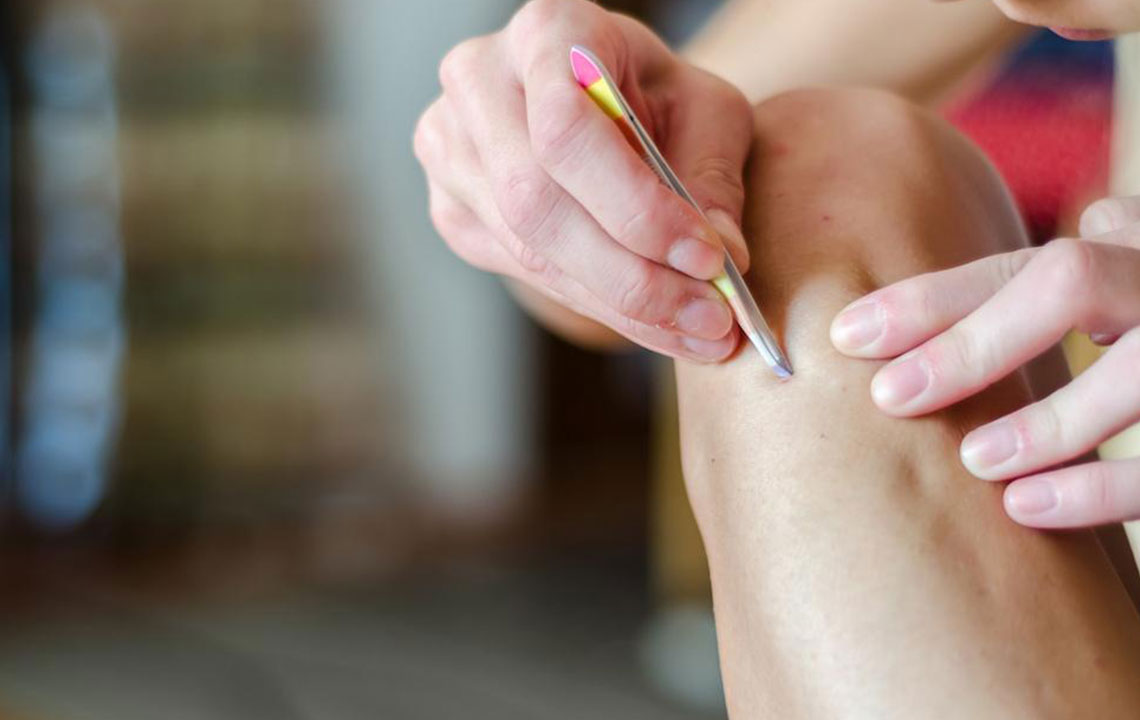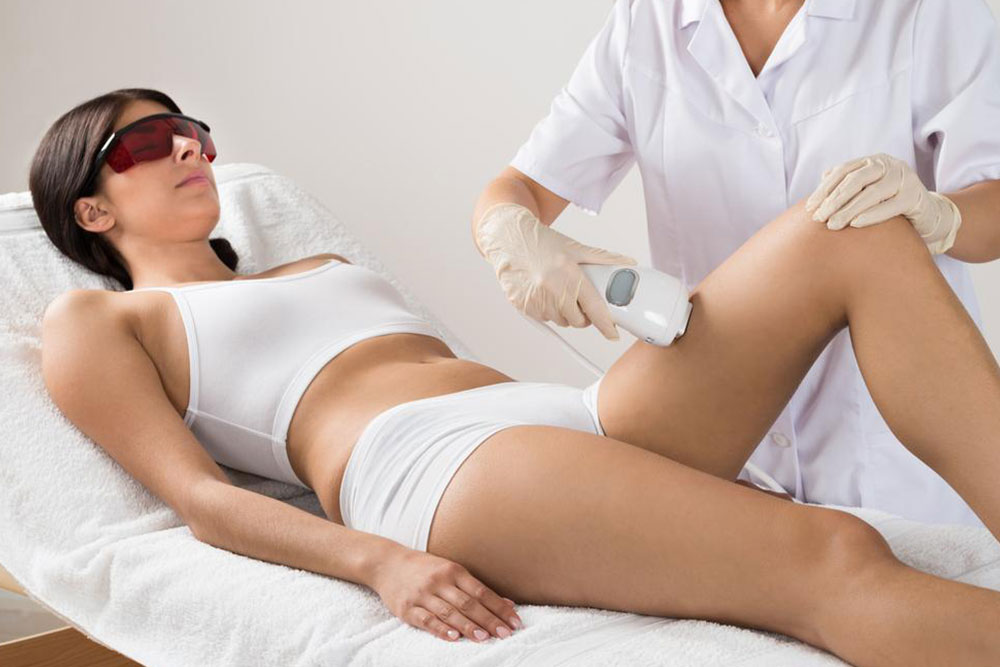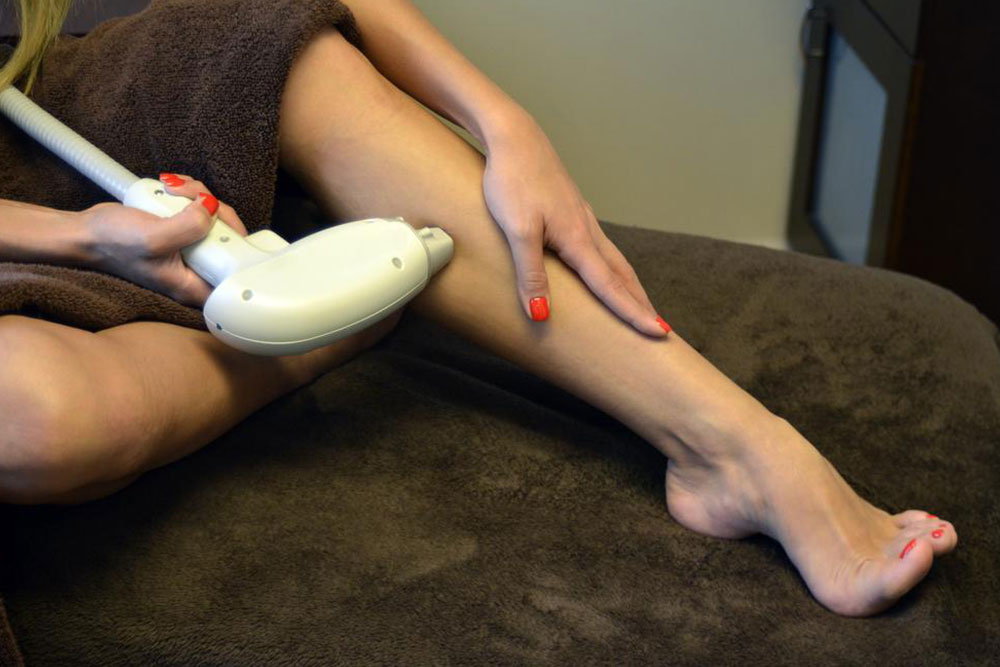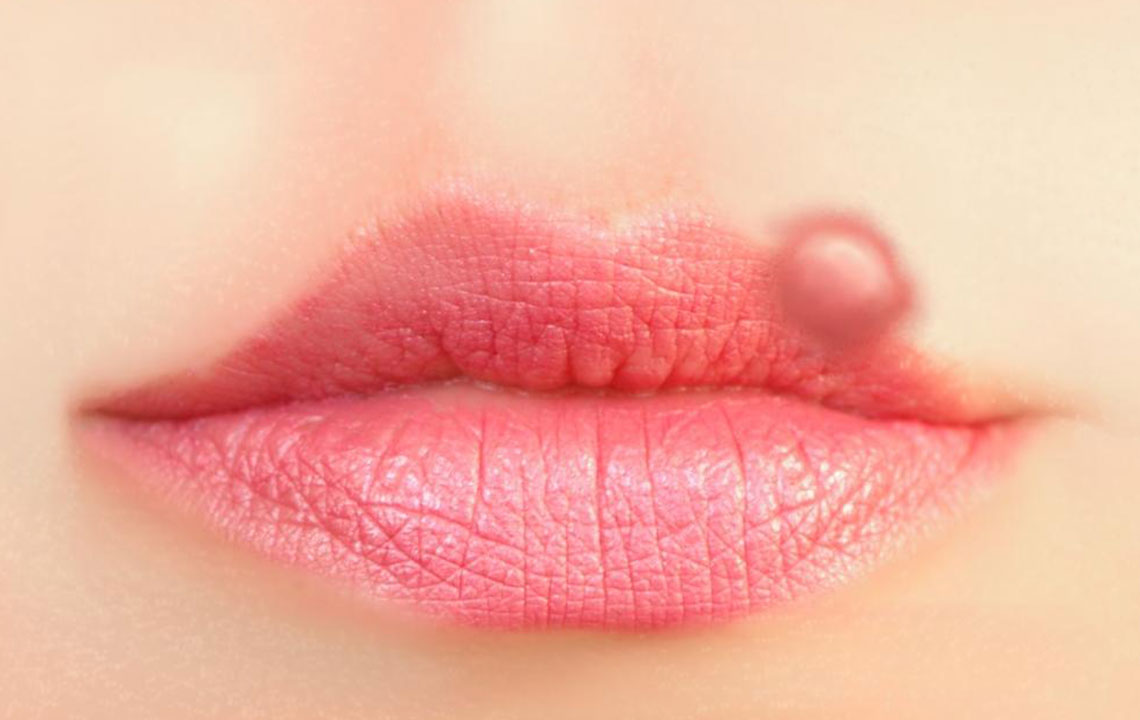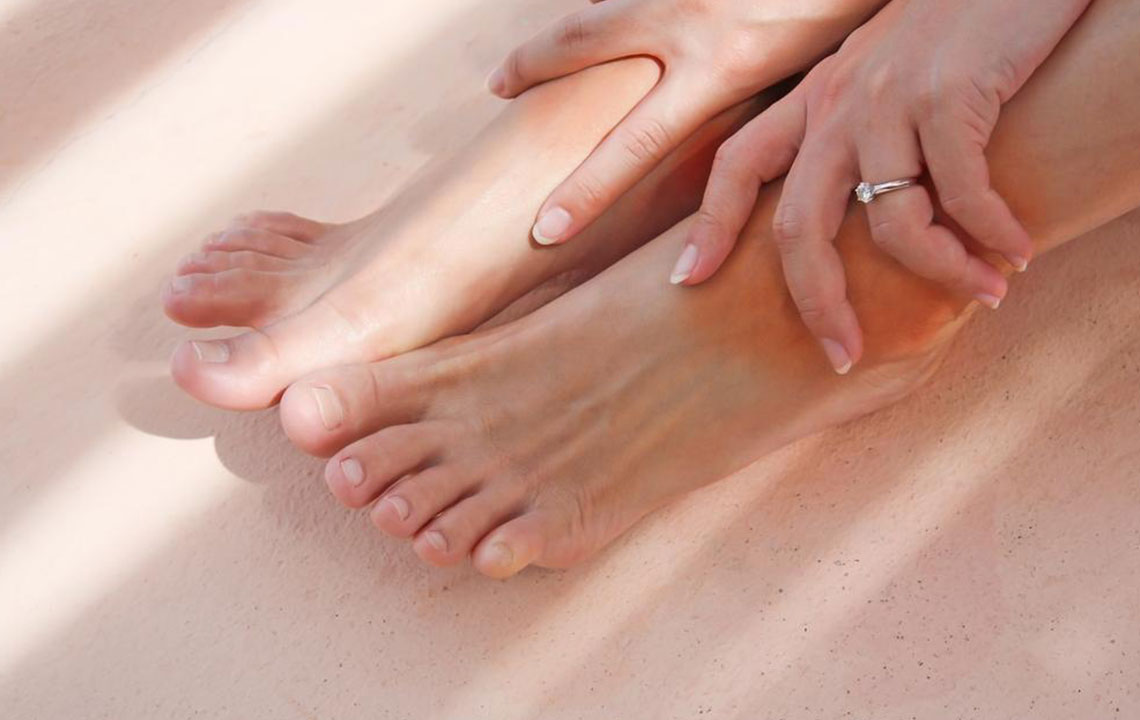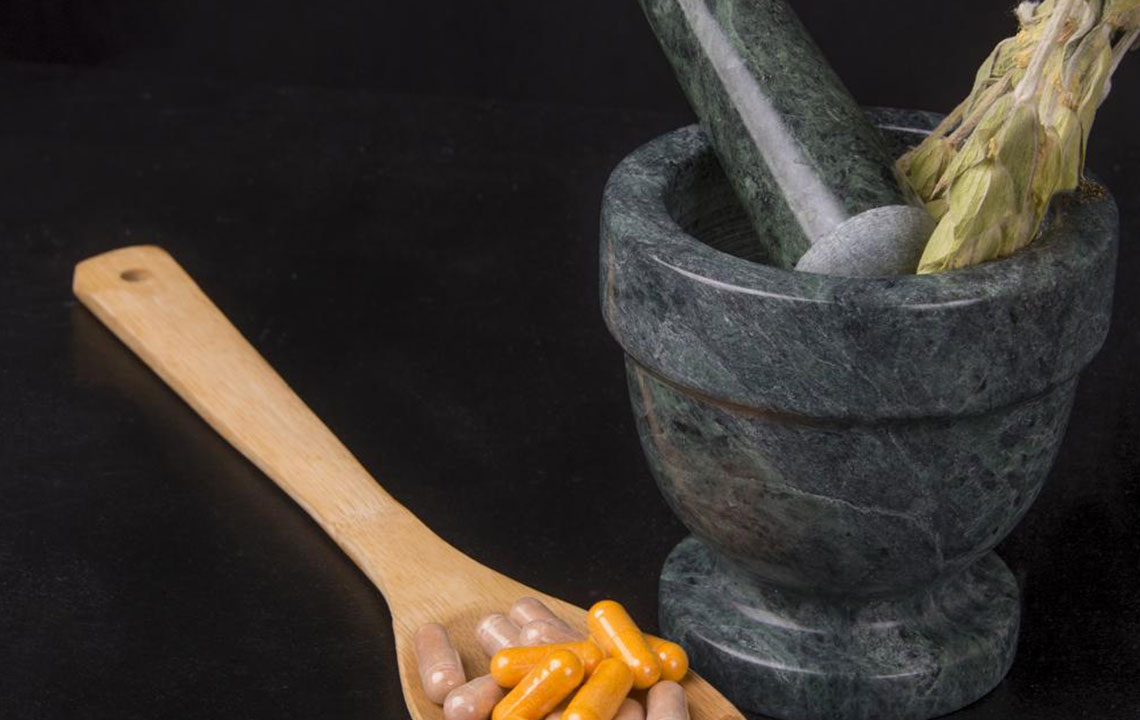Effective Strategies for Preventing and Treating Ingrown Hairs
Discover effective ways to prevent and treat ingrown hairs with our comprehensive guide. Learn how to identify symptoms, understand causes, and apply proven methods like exfoliation, proper shaving techniques, and suitable medications for relief. Whether on the face, arms, or bikini area, managing ingrown hairs can improve skin comfort and appearance by following these expert tips. Maintain healthy skin with regular exfoliation, gentle shaving, and targeted treatments to minimize discomfort and prevent recurrence.
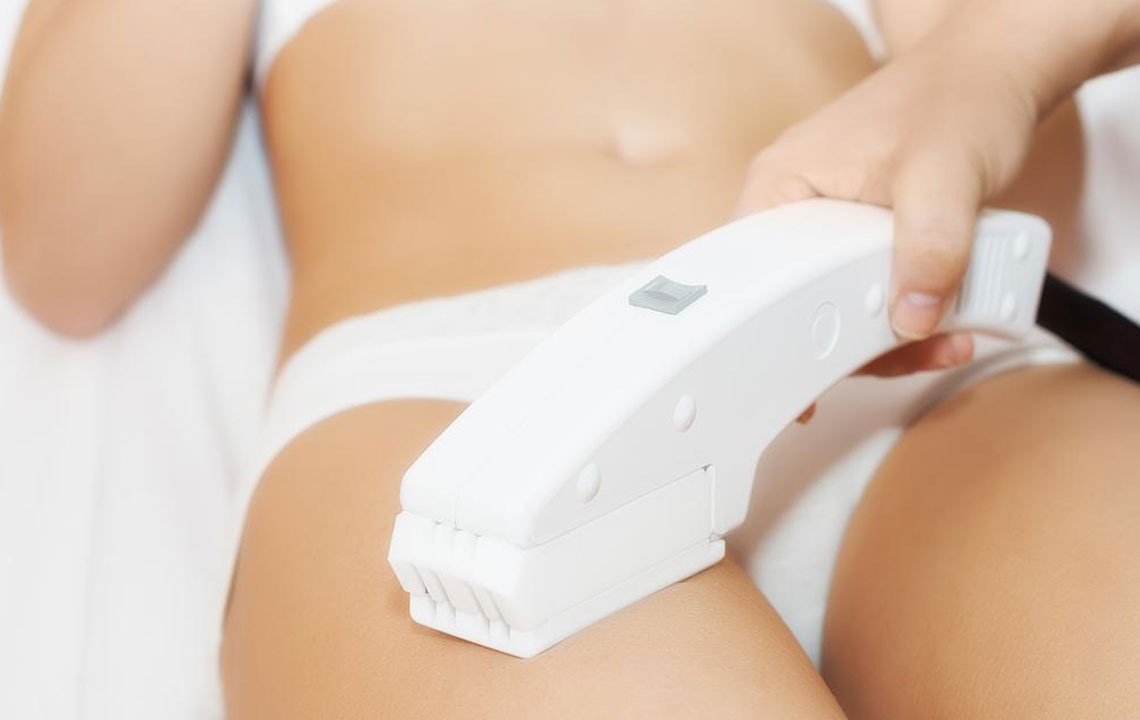
Effective Strategies for Preventing and Treating Ingrown Hairs
Unpleasant skin bumps that cause discomfort may not be rash or pimples—they could be ingrown hairs.
Ingrown hairs are a common concern for both men and women, especially with regular shaving routines. While shaving is a primary cause, waxing and tight clothing can also contribute to their development.
Recognizing ingrown hairs – What do they look like?
They appear similar to pimples, with the skin around the bump raised and often red. Sometimes, they resemble boils or sores, may itch, and can feel like a needle beneath the skin. If untreated, they can produce pus.
Men often notice ingrown hairs on their cheeks, chin, or neck due to frequent shaving, presenting as red bumps in these zones. Women tend to experience them on arms, legs, pubic areas, and armpits.
Primary causes of ingrown hairs:
Curly and coarse hair types are more susceptible because the hair can bend back into the skin, leading to ingrowth.
Shaving can trigger ingrown hairs, especially when using dull blades that cause irritation.
Tweezing and waxing can also result in ingrown hairs and pseudofolliculitis.
Dry skin contributes to ingrown hairs by clogging follicles with dead skin cells, causing hair to grow inward.
Top methods to prevent ingrown hairs:
Exfoliate regularly with a pumice stone or loofah to remove dead skin.
Use a single-blade razor when shaving to minimize irritation.
Shave along the direction of hair growth, not against it.
Ensure your skin is moist before shaving, applying water, gel, or foam.
Shave with gentle strokes, avoiding too close contact with the skin.
Rinse your razor after each stroke for cleaner cuts.
When using electric trimmers, avoid holding them too close to the skin.
Wear loose clothing to prevent skin irritation.
Keep skin moisturized and exfoliate frequently to prevent clogged follicles.
Effective ingrown hair removal techniques:
Apply a warm compress or steam to open pores and bring ingrown hairs closer to the surface.
Exfoliate with a loofah or scrub to remove dead skin and ease ingrown hair removal.
Use sterilized tweezers or medical tools to gently extract the hair tip that is visible.
Peel off a dried egg membrane mask after applying it to lift the hair from beneath the skin.
Topical antibiotics such as bacitracin or over-the-counter ointments can help prevent infection.
Steroid creams may reduce swelling and soothe irritated skin.
Retinoids like Retin A can promote skin renewal and reduce pigmentation.
Salicylic acid applied directly on bumps can expedite healing and reduce inflammation.
Managing ingrown hairs can be uncomfortable but effective removal methods provide relief and clarity.
Note:
The information shared on our platform covers various health topics, offering valuable insights based on research. However, material should not replace professional medical advice. The team is not responsible for discrepancies or inaccuracies on other platforms. Also, some offers or schemes might not be included here but could be beneficial for your condition.

